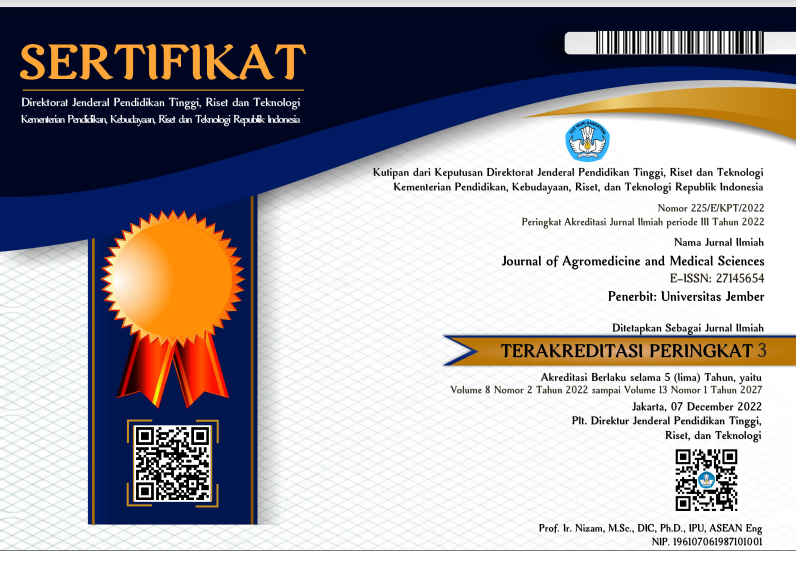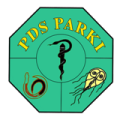Syzygium Samarangense Leaves Ointment Enhances Wound Healing Process Of Skin Burn Based On Collagen
DOI:
https://doi.org/10.19184/ams.v3i3.6160Abstract
Background: The World Health Organization (WHO) estimates the number of death in 2014 caused by burns is 265,000. Burns can caused skin damage as well as other complication problems such as dehydration, infection, and other multiple organ failures. Syzygium samarangense leaves contain flavonoids and saponins that can increase the activation of macrophages and TGF-B which is important to accelerate the process of collagen formation and wound healing process. Objective: Knowing the effect of Syzygium samarangense leaf extract on the healing process of burn based on collagen. Method: This in vivo study use true experimental design. We made burns by placing a coin that already heated in oven at 70ºC for 10 seconds. Rattus Wistar as experimental animals divided
into 6 groups (n = 4) with details of Group A (normal), B (positive), C (negative). Groups D, E, and F were the groups that given ointment extract topically in doses of 15%, 30%, and 45% each day’s. Termination is done on day 7. Test statistics by using Anova and Kruskal Wallis. Results and discussion: From this research, Syzygium samarangense leaf extract can reduce the wound area (p <0,05) and increase the amount of collagen (p <0,05). Conclusion: Syzygium samarangense leaf extract ointment can accelerate the healing process of burns.
Keywords : Burns, Syzygium samarangense Leaves ointment, Saponin, Flavonoid, Collagen






















